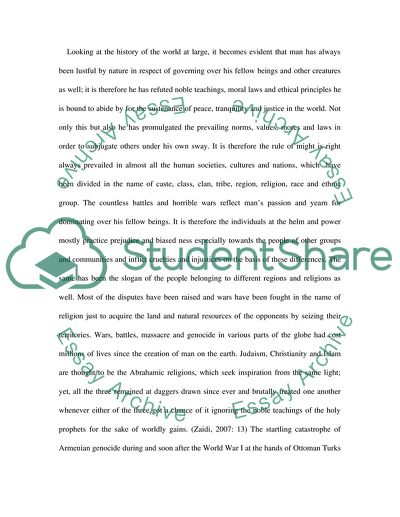Cite this document
(The Impact of Armenian Genocide on Further Development of Armenian Nat Research Paper, n.d.)
The Impact of Armenian Genocide on Further Development of Armenian Nat Research Paper. Retrieved from https://studentshare.org/social-science/1708865-the-impact-of-armenian-genocide-on-further-development-of-armenian-nation
The Impact of Armenian Genocide on Further Development of Armenian Nat Research Paper. Retrieved from https://studentshare.org/social-science/1708865-the-impact-of-armenian-genocide-on-further-development-of-armenian-nation
(The Impact of Armenian Genocide on Further Development of Armenian Nat Research Paper)
The Impact of Armenian Genocide on Further Development of Armenian Nat Research Paper. https://studentshare.org/social-science/1708865-the-impact-of-armenian-genocide-on-further-development-of-armenian-nation.
The Impact of Armenian Genocide on Further Development of Armenian Nat Research Paper. https://studentshare.org/social-science/1708865-the-impact-of-armenian-genocide-on-further-development-of-armenian-nation.
“The Impact of Armenian Genocide on Further Development of Armenian Nat Research Paper”, n.d. https://studentshare.org/social-science/1708865-the-impact-of-armenian-genocide-on-further-development-of-armenian-nation.


